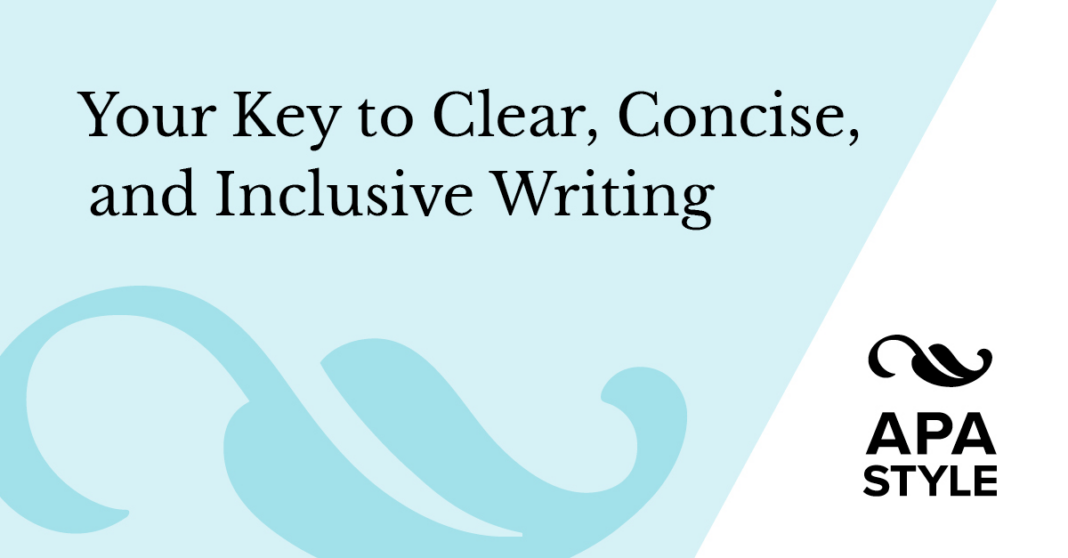The Importance of Possessive Nouns
Possessive nouns play a crucial role in the English language by indicating ownership or possession of a person, place, thing, or idea. By using possessive nouns, writers and speakers can clearly communicate relationships between nouns and show who or what owns something. This article will explore the rules and examples of possessive nouns to help you better understand their usage.
What Are Possessive Nouns?
Possessive nouns are used to show ownership or possession of a noun. They are typically formed by adding an apostrophe and the letter „s“ (’s) to the end of a singular noun or just an apostrophe (‚) after a plural noun. For example, „the dog’s toy“ and „the boys‘ bikes“ are both examples of possessive nouns.
Rules for Forming Possessive Nouns
There are a few rules to keep in mind when forming possessive nouns:
- To form the possessive of a singular noun, add ’s to the end of the noun (e.g. dog’s, girl’s, car’s).
- To form the possessive of a plural noun that does not end in -s, add ’s to the end of the noun (e.g. children’s, men’s, women’s).
- To form the possessive of a plural noun that ends in -s, add only an apostrophe after the noun (e.g. boys‘, girls‘, teachers‘).
Examples of Possessive Nouns
Here are some examples of possessive nouns in sentences:
- The cat’s food was on the counter.
- The students‘ backpacks were in the classroom.
- The sun’s rays warmed the earth.
Common Mistakes with Possessive Nouns
One common mistake when using possessive nouns is confusing them with plural nouns. Remember that possessive nouns indicate ownership, while plural nouns indicate more than one. For example, „the dog’s“ indicates that the dog owns something, while „the dogs“ indicates that there is more than one dog.
Conclusion
In conclusion, possessive nouns are essential for indicating ownership or possession in the English language. By following the rules for forming possessive nouns and using them correctly in sentences, you can effectively communicate relationships between nouns and show who or what owns something. Practice using possessive nouns in your writing to improve clarity and accuracy.
Q: Can a possessive noun be used with a pronoun?
A: Yes, possessive pronouns such as „my,“ „your,“ „his,“ „her,“ „its,“ „our,“ and „their“ are used to show ownership without the need for an apostrophe.
Q: Are there any exceptions to the rules for forming possessive nouns?
A: Some irregular nouns have unique forms for their possessives, such as „child“ becoming „child’s“ instead of „childs’s.“




